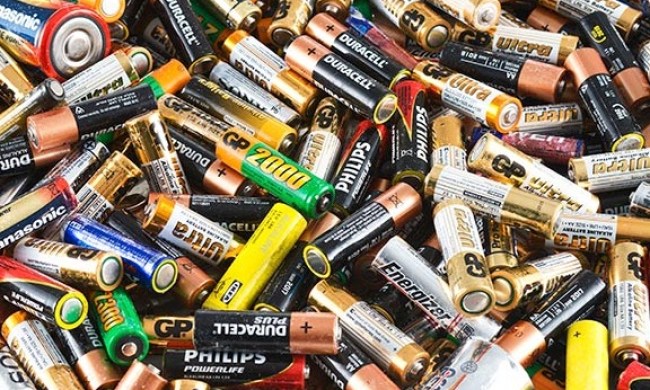Backpacks are good for carrying your belongings, as they distribute the weight of the pack evenly across the body so it’s supported by the body’s strong back and abdominal muscles. But that’s not to say that they couldn’t be better. A backpack that’s overloaded or contains bulky items will still be heavy, and a long hike carrying an overstuffed pack will take its toll the next day.
Researchers in China have found a way to make a smart backpack that feels 20% lighter, however — and, no, it doesn’t involve taking one-fifth of the contents out of your pack before setting off. It’s about giving the backpack a car-style suspension system instead.
“Two elastomers, two sliding rails, and two pulley blocks are all symmetrically arranged on two sides of its frame,” Jia Cheng, an associate professor in the department of mechanical engineering at Beijing’s Tsinghua University, told Digital Trends. “One terminal end of an elastomer is fastened to the top acrylic plate, while the other one is to the frame, through two fixed pulleys. The load is fixed on the top acrylic plate, and the top acrylic plate can move upward and downward on the sliding rails.”
The weights of the load and the top acrylic plate are balanced by the elastic force from the two elastomers. As a result of the fixed connection between the backpack frame and the body, the frame synchronously moves up and down with the mass center of the wearer’s body as they walk.

“Without the upward and downward movements of the load when walking, the wearer will feel lighter than before,” Cheng said. “… The absolute displacement of the load to the ground is nearly zero, and there is no vertical sway.”
That’s not all
A backpack that feels lighter would be enough for many researchers. But clearly not for Cheng and team. The prototype backpack is also able to harvest mechanical energy from human movements and use this to power onboard electronics. It does this with the aid of a triboelectric nanogenerator (TENG).
No, you probably won’t be able to ditch the main power supply for your desktop computer by instead running on a treadmill as you work. However, the researchers have shown that a setup such as this can power LEDs, an electric watch, and fluorescent tubes. In environments where there is no power available, such as for rescuers in a disaster zone, a backpack like this onecould prove invaluable.
A paper describing the work was recently published in the journal ACS Nano.



